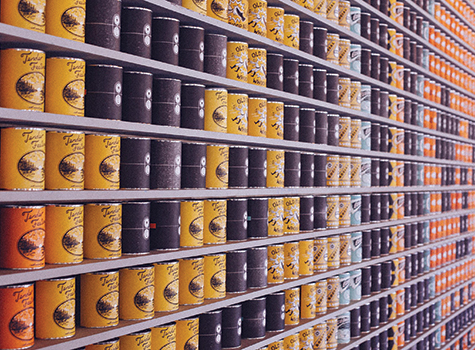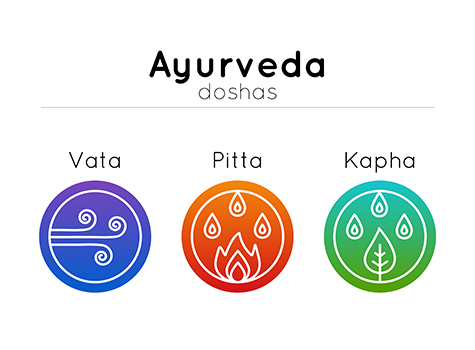By Parul Kharod

In the United States, the Food & Drug Administration (FDA) oversees the safety of food. This means that all manufacturers must use ingredients that have been tested and approved by the FDA.
One would think that this process ensures that we are eating healthy and safe food. Sadly, this is far from the truth. Moreover, the standards that are used in the United States are very different from Europe and other countries.
GRAS
The FDA uses the acronym GRAS which stands for “Generally Recognized as Safe.” According to the FDA, any substance that will be added to packaged food has to be approved by the FDA unless it is generally recognized, among qualified experts, to be safe. However, if the manufacturer tells the FDA that all their ingredients are GRAS, then the FDA does not need to do any preapproval. According to the final ruling issued in 2016, any person may notify the FDA of a conclusion that a substance is GRAS under the conditions of its intended use, and thus be exempt from premarket approval.
This means that most of the chemicals added to food and beverages are never reviewed by the FDA before those products are sold in grocery stores. Sometimes the FDA may not even know such chemical ingredients exist unless a company chooses to voluntarily disclose that information. In fact, the FDA may never have even heard of some of the chemicals added to foods and beverages and so certainly never reviewed them for safety.
Overall, there are estimated to be more than a thousand GRAS substances for which safety decisions were made by the food industry without any notice at all to the FDA, and thousands more chemicals for which there is minimal oversight.
Difference in Labeling Laws in the USA versus Europe
Here is an example of what proper regulation can do. Food manufacturers selling the exact same product with different set of standards here in the US versus Europe must make the product differently. For example, Kraft’s Mac and Cheese manufactured in the USA has food colors Yellow Dye No. 5 & 6. These are banned in most European countries, so Kraft uses natural vegetable colors from beets and carrots and paprika to create the same color. Similarly, many other products sold here versus Europe have different ingredients because these GRAS substances are banned in other countries.
Food Labeling Laws in India
Food Safety and Standards Authority of India (FSSAI) is an autonomous body established by the Government of India under the Ministry of Health & Family Welfare. It overseas all food labeling and packaging regulations. The regulations were recently updated, and new standards went into effect in January 2022. Information such as list of ingredients, veg or non-veg logo, nutritional info, list of ingredients including food additives, and manufacturing/expiration date must be listed on each package. There is not much information available about the testing and safety of the additives. There may not be oversight for standardization of the products.
What does that mean for consumers? The bottom line is that we don’t know what we are putting into our body!
Packaged foods are highly processed and may contain many ingredients that are questionable and may not be safe. We are seeing an increase in food allergies, skin issues, digestive issues such as irritable bowel syndrome, chronic inflammation related health issues, and a multitude of unexplained problems that have multiplied in recent years.
There has been an increased focus and research on the effects of food additives, preservatives, stabilizers, food colorings, and other chemicals added to food. We are slowly realizing that although the FDA may have labeled these chemicals as “generally safe,” they may not be, and might adversely affect our health.
What should we do?
• Limit packaged ultra-processed foods as much as possible, especially cereals and snacks for kids.
• Eat fresh home-cooked foods as much as possible.
• Eat an anti-inflammatory antioxidant rich diet of fruits, vegetables, whole grains, beans/pulses, nuts/seeds, herbs and spices.
• Start paying attention to list of ingredients on everything you buy – the longer the list the worse the product (For example, if you buy peanut butter, the ingredient list should say peanuts. That’s it!)
For a detailed description of different types of additives and preservatives, see my previous article: saathee.com/whats-lurking-in-your-food.
Parul Kharod is a registered dietitian and licensed nutritionist and works as a Clinical Dietitian. She can be reached at [email protected]



